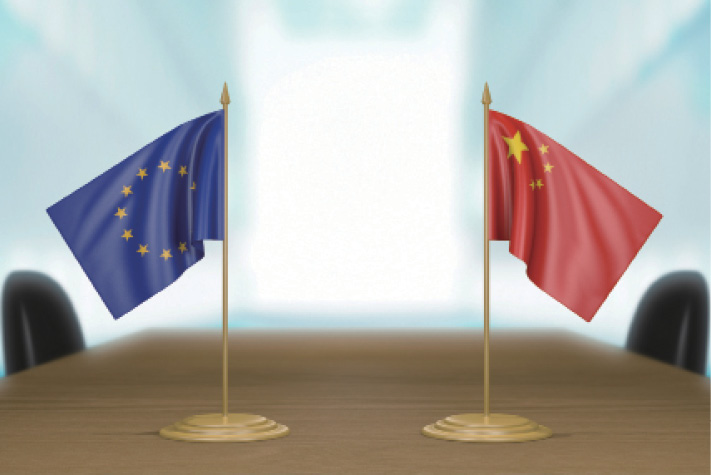European investments in the People’s Republic of China have a history of over 30 years and Chinese investments in Europe reached a significant strength and volume in the past few years and are expected to grow even further. East-West negotiations carry some special characteristics, as do dispute resolution mechanisms when a dispute arises between a European and a Chinese investor.
Arbitration – the primary option
Chinese companies as recipients of European investments have over the years become very familiar with arbitration as by far the most common dispute resolution mechanism; whereas European business partners are used to relying either on international arbitration or on local courts to solve upcoming disputes. Parties in EU-China disputes are sometimes not fully aware that cross-border enforcement of court judgments might not be as straightforward as it is, for example, within the European community. There are very few bilateral or other agreements with the PRC governing the enforcement of foreign court judgements, or vice versa. However, an enforcement of arbitration awards, whether rendered in China or in a European business partner’s home country, is significantly facilitated by the New York Convention on the Recognition and Enforcement of Foreign Arbitral Awards (1958).
You must be a
subscribersubscribersubscribersubscriber
to read this content, please
subscribesubscribesubscribesubscribe
today.
For group subscribers, please click here to access.
Interested in group subscription? Please contact us.
你需要登录去解锁本文内容。欢迎注册账号。如果想阅读月刊所有文章,欢迎成为我们的订阅会员成为我们的订阅会员。
Dr Sabine Stricker-Kellerer is an arbitrator with Beijing Arbitration Commission and senior China counsel with Freshfields Bruckhaus Deringer, based in Germany





























